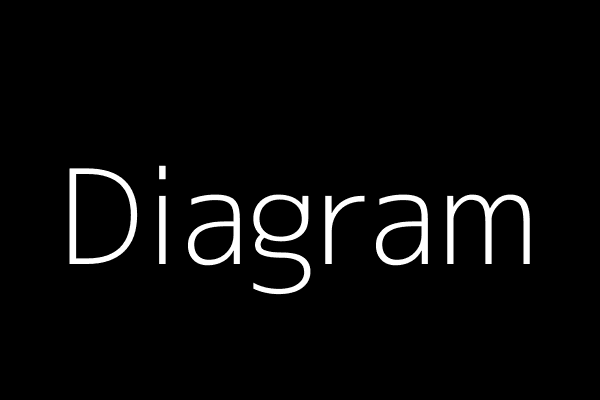Two objects having masses m₁ and m₂ are connected to each other as shown in the figure and are released from rest. There is no friction on the table surface or in the pulley. The masses of the pulley and the string connecting the objects are completely negligible. What must be true about the tension T in the string just after the objects are released? m₁
Two objects having masses m₁ and m₂ are connected to each other as shown in the figure and are released from rest. There is no friction on the table surface or in the pulley. The masses of the pulley and the string connecting the objects are completely negligible. What must be true about the tension T in the string just after the objects are released? m₁
College Physics
11th Edition
ISBN:9781305952300
Author:Raymond A. Serway, Chris Vuille
Publisher:Raymond A. Serway, Chris Vuille
Chapter1: Units, Trigonometry. And Vectors
Section: Chapter Questions
Problem 1CQ: Estimate the order of magnitude of the length, in meters, of each of the following; (a) a mouse, (b)...
Related questions
Question
Doing some physics homework and am kind of stumped here!

The illustration shows mass \( m_1 \) placed on a table connected by a string over a pulley to mass \( m_2 \), which hangs vertically off the table.
Answer choices:
- \( T = m_1g \)
- \( T = m_2g \)
- \( T < m_2g \)
- \( T > m_1g \)
- \( T > m_2g \)](/v2/_next/image?url=https%3A%2F%2Fcontent.bartleby.com%2Fqna-images%2Fquestion%2F03d19364-d2f4-4703-a72b-e46c5aa833e9%2F168fe880-44fd-49ea-9f7e-d5ae3546967e%2Fahua2rd_processed.png&w=3840&q=75)
Transcribed Image Text:Two objects having masses \( m_1 \) and \( m_2 \) are connected to each other as shown in the figure and are released from rest. There is no friction on the table surface or in the pulley. The masses of the pulley and the string connecting the objects are completely negligible. What must be true about the tension \( T \) in the string just after the objects are released?

The illustration shows mass \( m_1 \) placed on a table connected by a string over a pulley to mass \( m_2 \), which hangs vertically off the table.
Answer choices:
- \( T = m_1g \)
- \( T = m_2g \)
- \( T < m_2g \)
- \( T > m_1g \)
- \( T > m_2g \)
Expert Solution
This question has been solved!
Explore an expertly crafted, step-by-step solution for a thorough understanding of key concepts.
This is a popular solution!
Trending now
This is a popular solution!
Step by step
Solved in 2 steps with 2 images

Knowledge Booster
Learn more about
Need a deep-dive on the concept behind this application? Look no further. Learn more about this topic, physics and related others by exploring similar questions and additional content below.Recommended textbooks for you

College Physics
Physics
ISBN:
9781305952300
Author:
Raymond A. Serway, Chris Vuille
Publisher:
Cengage Learning

University Physics (14th Edition)
Physics
ISBN:
9780133969290
Author:
Hugh D. Young, Roger A. Freedman
Publisher:
PEARSON

Introduction To Quantum Mechanics
Physics
ISBN:
9781107189638
Author:
Griffiths, David J., Schroeter, Darrell F.
Publisher:
Cambridge University Press

College Physics
Physics
ISBN:
9781305952300
Author:
Raymond A. Serway, Chris Vuille
Publisher:
Cengage Learning

University Physics (14th Edition)
Physics
ISBN:
9780133969290
Author:
Hugh D. Young, Roger A. Freedman
Publisher:
PEARSON

Introduction To Quantum Mechanics
Physics
ISBN:
9781107189638
Author:
Griffiths, David J., Schroeter, Darrell F.
Publisher:
Cambridge University Press

Physics for Scientists and Engineers
Physics
ISBN:
9781337553278
Author:
Raymond A. Serway, John W. Jewett
Publisher:
Cengage Learning

Lecture- Tutorials for Introductory Astronomy
Physics
ISBN:
9780321820464
Author:
Edward E. Prather, Tim P. Slater, Jeff P. Adams, Gina Brissenden
Publisher:
Addison-Wesley

College Physics: A Strategic Approach (4th Editio…
Physics
ISBN:
9780134609034
Author:
Randall D. Knight (Professor Emeritus), Brian Jones, Stuart Field
Publisher:
PEARSON